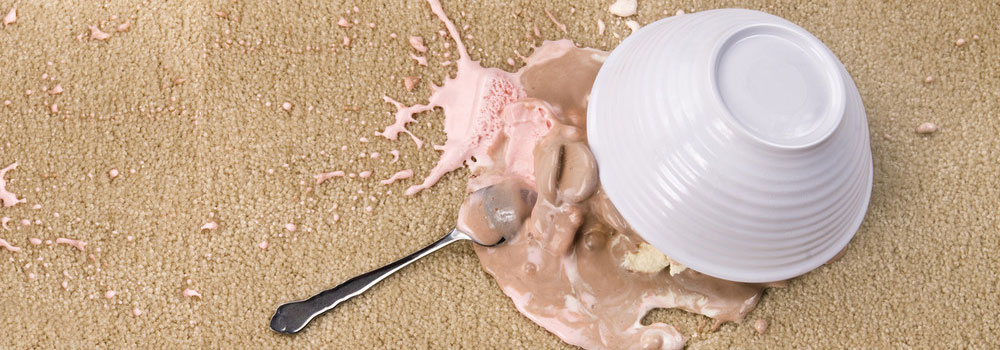Stains - The Tools You Need
Removing stains is a mixture of knowledge and guesswork. Where a stain is, what it is on, it's colour and texture, wheather it has a hard edge or soft edge and if it's stuck tp the fibres or sunk in all give a clue as to what is is.
From that information you choose the reagents (chemicals you introduce to get a reaction with the stain) and method you're going to use to remove it.
Without the right tools ready to hand it makes the job much more dificult
Here are a basic set of tools that you really shouldn't be without


